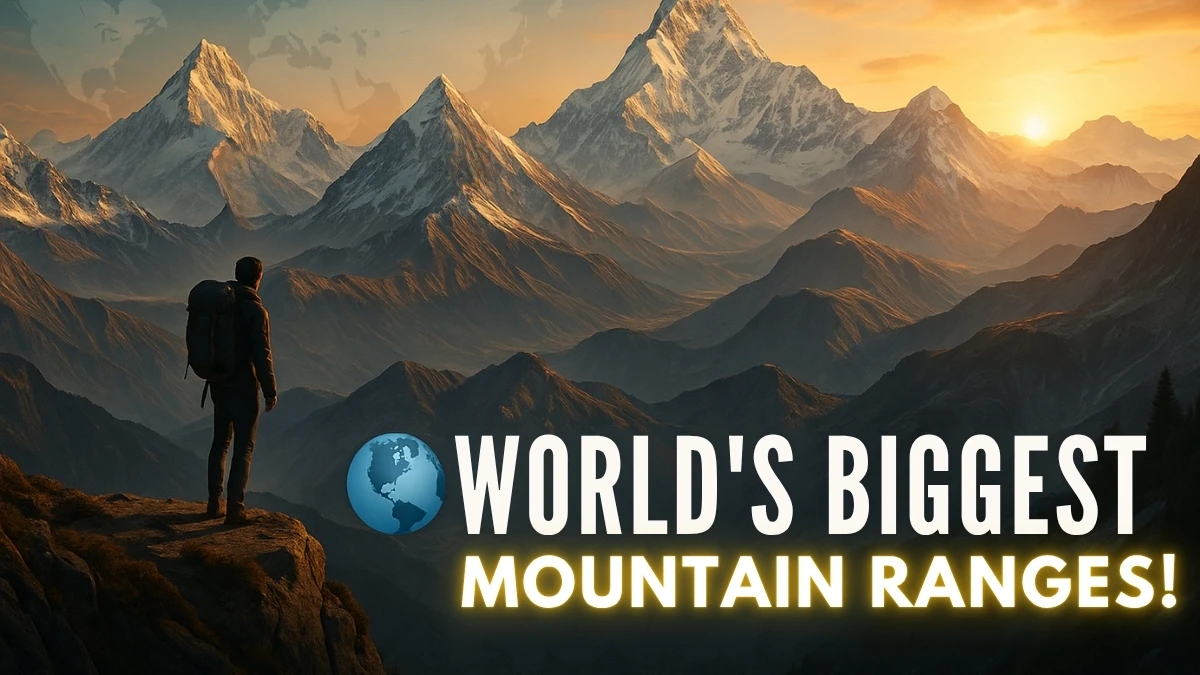Top 5 Largest Mountain Ranges in the World
Imagine standing at the edge of a huge mountain range that crosses many countries, stretches for thousands of miles, and has shaped entire cultures. These mountains are more than just tall rocks – they’re like Earth’s backbone. They help control the climate and give rise to rivers that provide water for billions of people.
When we talk about the world’s biggest mountain ranges, we’re looking at some of the most amazing parts of our planet. These giant ranges took millions of years to form and are still growing today. They affect the weather, history, and daily life in many ways. Whether you’re planning a trip, learning geography, or just love nature, this guide to the five largest mountain ranges will take you on a journey you won’t forget.
|
Rank |
Mountain Range |
|---|---|
|
5 |
Ural Mountains |
|
4 |
Great Dividing Range |
|
3 |
Rocky Mountains |
|
2 |
Southern Great Escarpment |
|
1 |
The Andes Mountains |
5. Ural Mountains
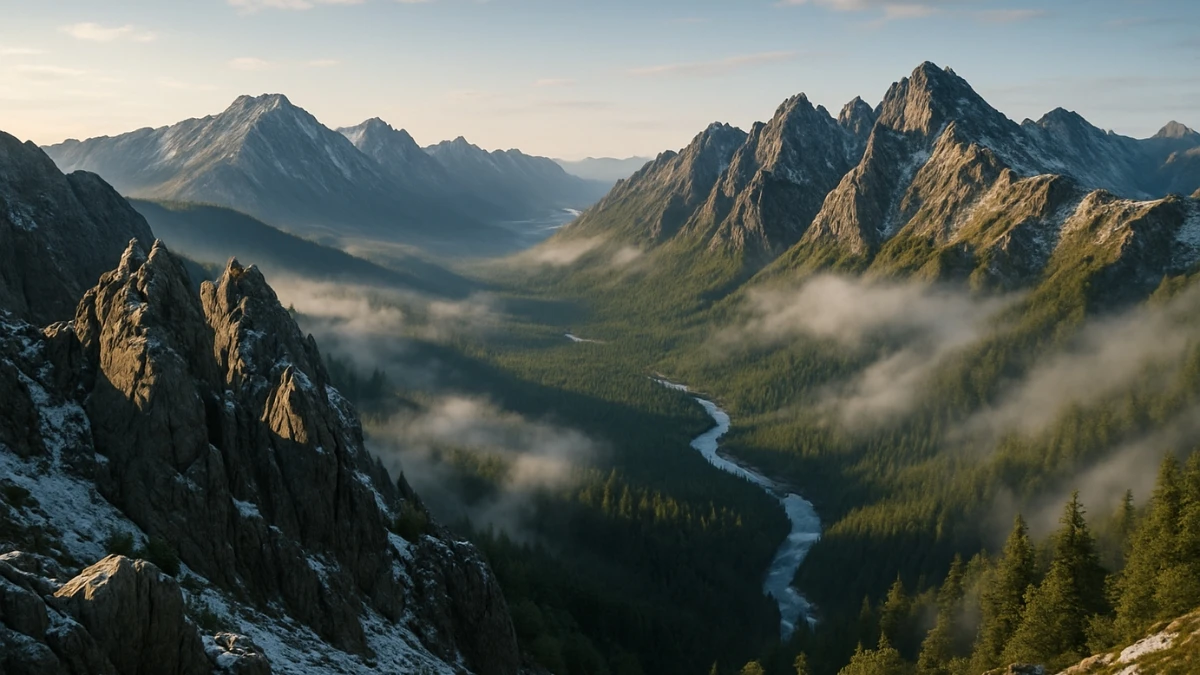
The Ural Mountains stretch approximately 2,500 km from the Arctic Ocean in the north to the Ural River in the south. They pass through Russia and Kazakhstan. These mountains form part of the traditional boundary between the continents of Europe and Asia
-
Length: ~2,500 kilometers (1,550 miles)
-
Countries: Russia and Kazakhstan
-
Highest Peak: Mount Narodnaya (1,894 m / 6,214 ft)
The Continental Divide:
A natural border between Europe and Asia is created by the Urals, which rise like a long, narrow spine across western Russia Few mountain ranges have the distinction of literally dividing continents!
Ancient and Rich:
-
The Urals are among the oldest mountains on Earth, formed between 250 and 300 million years ago because of continental collisions
-
The Urals mountain region has been a major mineral base of Russia since the 18th century
Historical Significance:
-
Crucial to Russian industrial development
-
Served as a natural barrier throughout history
-
Rich in minerals including iron ore, coal, and precious metals.
Climate Impact: The Urals significantly influence weather patterns across Europe and Asia, acting as a barrier to air masses.
4. Great Dividing Range
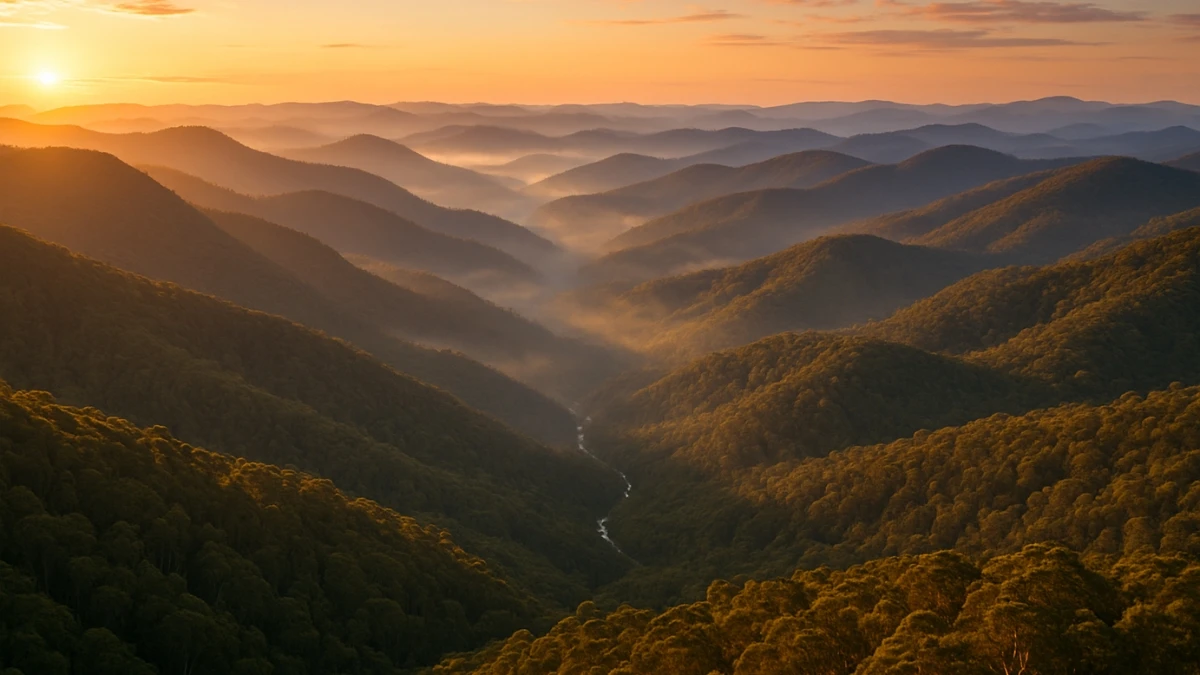
With a length of more than 2,200 miles, the Great Dividing Range, sometimes referred to as the Eastern Highlands, is Australia's longest mountain range. It runs nearly parallel to the east and southeast coasts of the country
-
Length: ~3,500 kilometers (2,200 miles)
-
Country: Australia
-
Highest Peak: Mount Kosciuszko (2,228 m / 7,310 ft)
Australia's Ancient Backbone:
Believed to be around 300 million years old, the Great Dividing Range is also one of Earth's oldest ranges. This makes it not just large, but incredibly ancient – a geological time machine.
Vital Life Source:
-
The range is vital for its role in capturing rainwater, which supports much of Australia's agriculture
-
Darling-Murray River system originates from this range
-
Contains the sources of most of Australia's major rivers
Unique Ecosystems:
-
The Great Dividing Range also supports unique ecosystems, including the Gondwana Rainforests, a UNESCO World Heritage Site
-
It supports a wide range of species of plants and animals that cannot be found anywhere else on earth
Cultural Heritage: Rich in Aboriginal history, the range is dotted with sacred sites and ancient pathways.
Perfect For: Unique wildlife viewing, ancient forest exploration, and experiencing landscapes found nowhere else on Earth.
3. Rocky Mountains
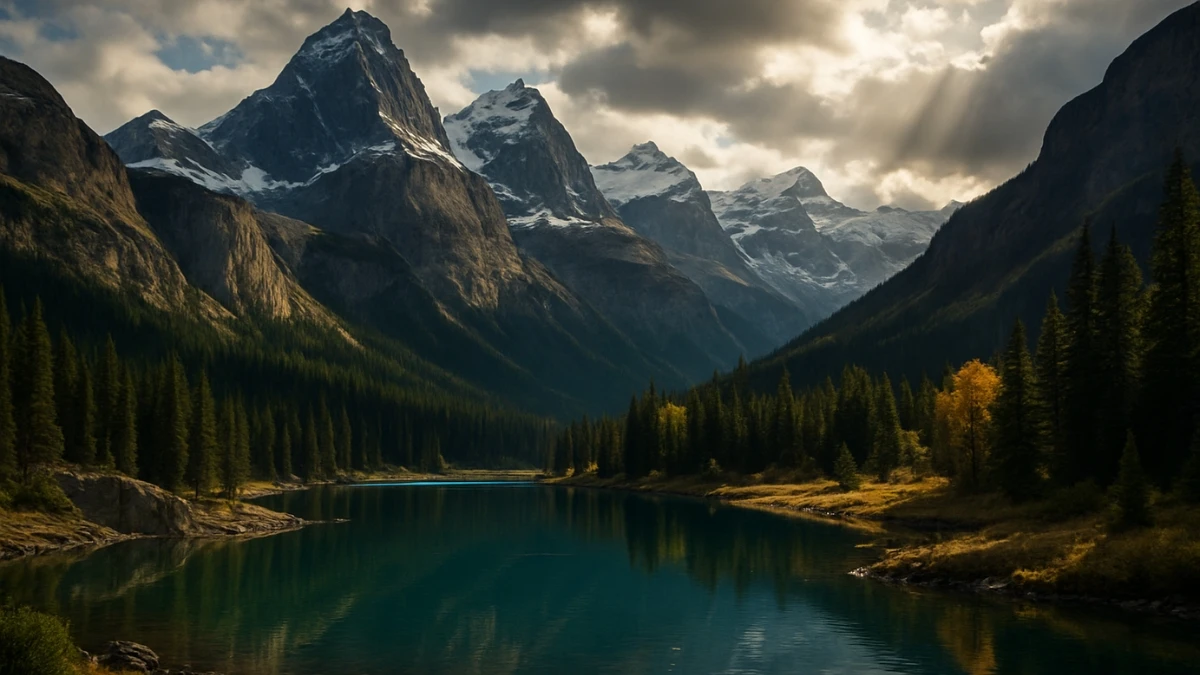
The Rocky Mountains, also known as the Rockies, extend approximately 4,800 km from British Columbia in Canada to New Mexico in the USA
-
Length: ~4,800 kilometers (3,000 miles)
-
Countries: United States and Canada
-
Highest Peak: Mount Elbert (4,401 m / 14,439 ft)
The Backbone of North America:
The Rockies are more than mountains – they're the continental divide that determines which way rivers flow across North America. The highest mountain in the USA is Denali (formerly Mount McKinley) in the Western Alaska Range. At 6,190 meters (20,308 ft), it is still quite large compared to other mountains (though technically part of the Alaska Range, often considered separately from the main Rockies).
Incredible Diversity:
-
Contains multiple national parks, including Yellowstone, Glacier, and Rocky Mountain National Park
-
Home to diverse wildlife from grizzly bears to mountain goats
-
Features everything from desert landscapes to alpine tundra
Economic Impact: The Rockies have been crucial to North American development, providing mineral resources, water sources, and transportation routes through mountain passes.
Adventure Paradise: World-class skiing, hiking, climbing, and some of the best mountain biking trails on the planet.
2. Southern Great Escarpment
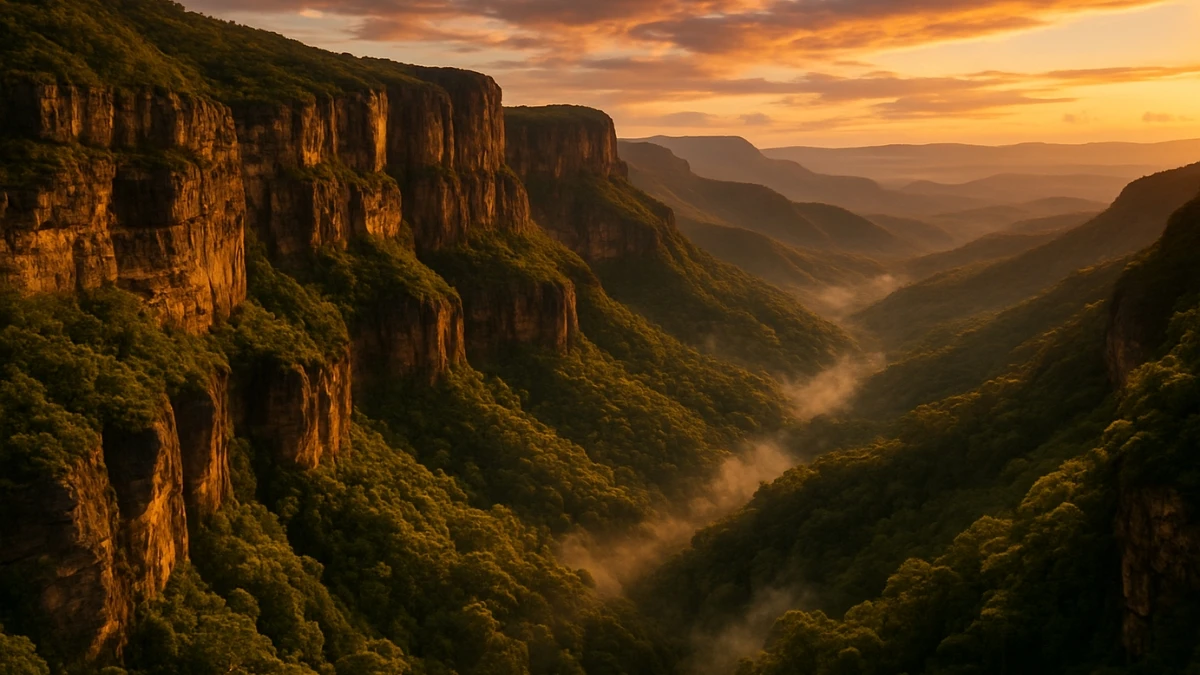
The Southern Great Escarpment, which ranks second on this list, is a mountain range in Africa that stretches approx. 3,100 miles through South Africa, Zimbabwe, Swaziland, Lesotho, Namibia, and Angola
-
Length: ~5,000 kilometers (3,100 miles)
-
Countries: 6 African nations
-
Highest Peak: Thabana Ntlenyana (3,482 m / 11,424 ft)
What Makes It Special:
This dramatic escarpment is like a massive continental balcony, defined by dramatic cliffs and plateaus mostly caused by headwater erosion of rivers and coastal plains. The escarpment appeared around 180 million years ago, when tectonic activity reshaped the landscape.
Natural Wonders:
-
South Africa's UNESCO-listed Drakensberg is one of the escarpment's most dominant features
-
Tugela Falls, at 3,110 feet, is the world's second-tallest waterfall and a highlight of Royal Natal National Park
-
Thabana Ntlenyana (3,482 m), located in Lesotho, is the highest peak in the Drakensberg Mountains.
Wildlife Paradise: Baboons inhabit its woodlands, while the giant eland antelope roams the savannas
Perfect For: Safari enthusiasts, waterfall chasers, and those seeking dramatic cliff-top photography opportunities.
1. The Andes Mountains
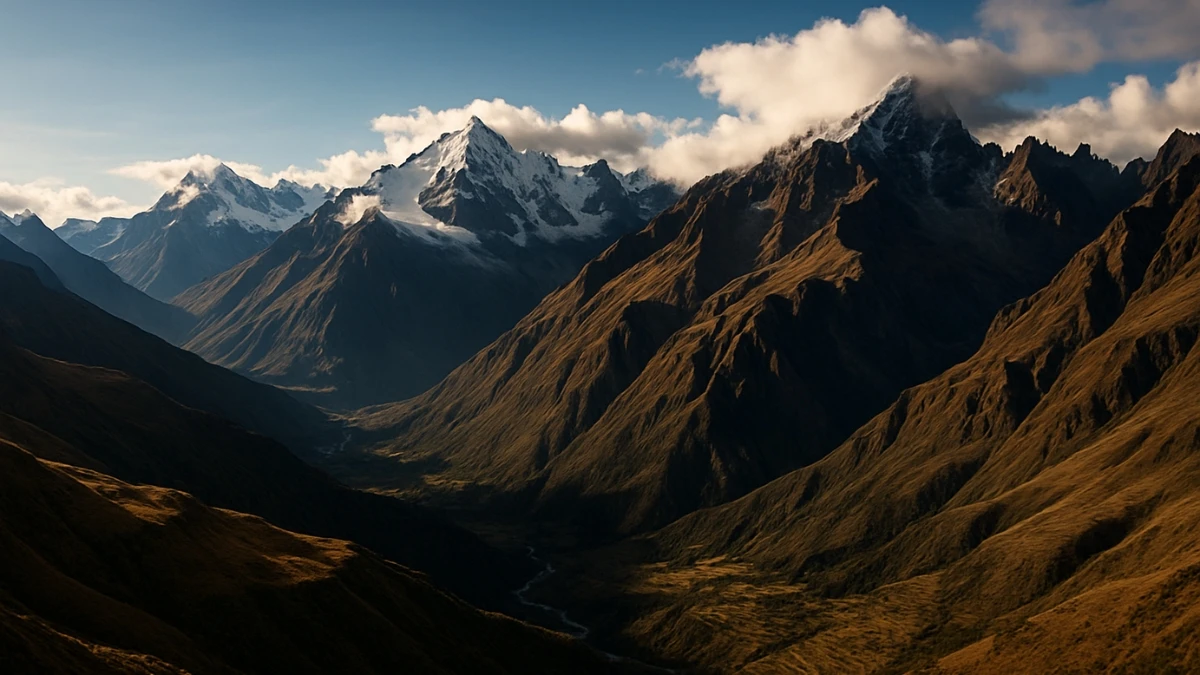
The world's longest above-water mountain range is the Andes, about 7,000 km (4,300 mi) long. The range stretches from north to south through seven countries in South America, along the west coast of the continent: Venezuela, Colombia, Ecuador, Peru, Bolivia, Chile, and Argentina.
-
Length: 7,000 kilometers (4,300 miles)
-
Countries: 7 South American nations
-
Highest Peak: Aconcagua (6,962 m / 22,841 ft)
Why the Andes Are Extraordinary:
-
The Andes aren't just the longest mountain range – they're a world unto themselves. The Andes are between 120 and 430 miles wide from east to west along their entire length, creating diverse ecosystems from tropical rainforests to frozen peaks and arid deserts.
Geological Marvel:
Unlike the Asian mountain ranges discussed earlier, which resulted from collisions between continents, the Andes are a result of plates bearing ocean crust colliding with the continent of South America. Since the Cretaceous period (about 65 million years ago, the time of the dinosaurs), the ocean crust has been sliding below the west coast of South America.
Cultural Significance:
-
Home to the legendary Machu Picchu and remnants of the Inca Empire
-
The Lithium Triangle is a region of the Andes that is rich in lithium reserves. Three countries that are part of the Lithium Triangle are Argentina, Bolivia, and Chile
-
Contains both the world's highest capital city (La Paz, Bolivia) and the driest desert (Atacama)
Adventure Opportunities: From trekking the Inca Trail to climbing Aconcagua, the Andes offer everything from beginner hikes to extreme mountaineering challenges.
Frequently Asked Questions: FAQS's
1. What is the longest mountain range in the world?
The Andes Mountains are the longest mountain range in the world, stretching about 7,242 kilometers (4,500 miles) through seven South American countries.
Which mountain range separates Europe and Asia?
The Ural Mountains form a natural boundary between Europe and Asia, stretching across Russia and Kazakhstan.
What is the highest peak in the Andes?
The highest peak in the Andes Mountains is Aconcagua, which stands at 6,962 meters (22,841 feet).
Disclaimer
The information provided in this article is based on geological studies, historical records, and available data on the world's largest mountain ranges. The exact measurements, geological formation dates, and other details mentioned may vary based on ongoing scientific research and discoveries.
Always refer to trusted sources and official publications for the most up-to-date and accurate information. This article is intended for educational purposes and to spark interest in exploring the world’s most amazing mountain ranges.

